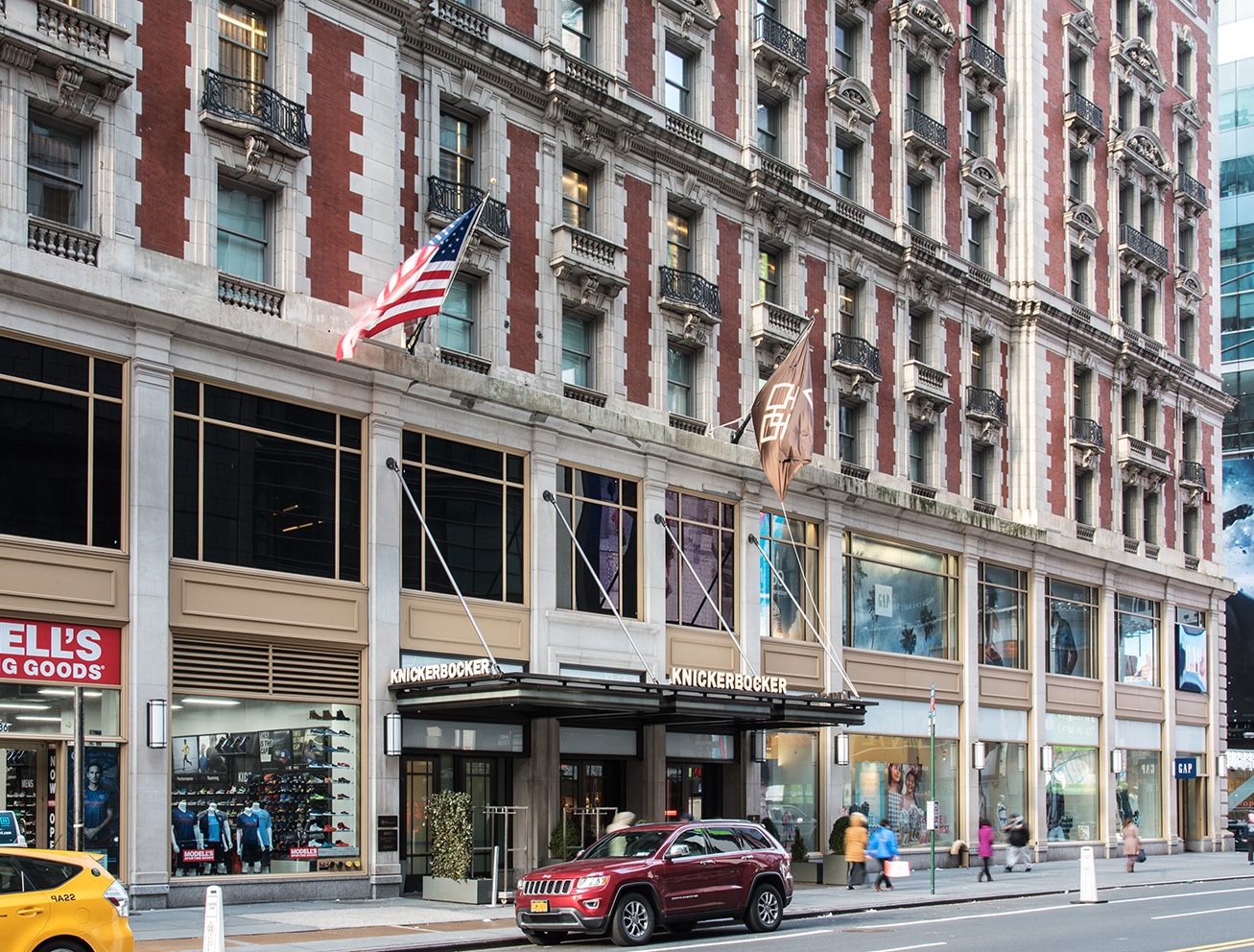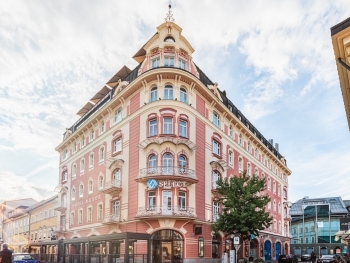The Knickerbocker, a name that evokes images of old New York, grandeur, and sophistication, is an iconic hotel with a storied past. Located at the southeast corner of Broadway and 42nd Street in Manhattan, this Beaux-Arts building has witnessed over a century of New York City history. From its opulent beginnings to its role in shaping the city's cultural landscape, the Knickerbocker stands as a testament to the ever-evolving nature of urban life.
The Early Years: A Symbol of Opulence
The Knickerbocker Hotel was commissioned by John Jacob Astor IV, a member of the wealthy and influential Astor family. Designed by the architectural firm of Trowbridge & Livingston, the hotel opened its doors on October 23, 1906. The Beaux-Arts style, characterized by grandeur and elaborate detailing, was chosen to reflect the luxurious aspirations of the early 20th century elite.
Upon opening, the Knickerbocker was the epitome of luxury. With its 556 rooms, including 400 bathrooms, the hotel offered unparalleled amenities for its time. It boasted a magnificent lobby, adorned with marble columns, crystal chandeliers, and intricate moldings. The bar, famously known as the "Knickerbocker Bar," became a social hub for the city's elite, including celebrities, politicians, and tycoons.
Cultural and Historical Significance
The Knickerbocker quickly became more than just a hotel; it was a cultural landmark. It played a significant role in the social and cultural life of early 20th century New York. The hotel was a favored meeting place for high society and influential figures. It was here that Enrico Caruso, the renowned Italian tenor, made the Knickerbocker his New York residence, often seen singing from his suite's balcony.
The hotel's bar is often credited with the creation of the martini cocktail. Although the exact origins are debated, the Knickerbocker Bar popularized the drink, contributing to its status as a classic American cocktail. The bar's mahogany and brass fixtures, combined with its plush seating and elegant ambiance, made it the perfect setting for New York's high society to unwind.
Decline and Transformation
Despite its early success, the Knickerbocker's fortunes began to wane during the Prohibition era. The ban on alcohol sales led to a significant loss of revenue for the hotel's bar, a primary draw for its clientele. Additionally, the economic impact of the Great Depression in the 1930s further strained the hotel’s finances.
In 1920, less than 15 years after its grand opening, the Knickerbocker closed its doors as a hotel. The building was repurposed several times over the following decades, including serving as an office building known as the Knickerbocker Building. The once-luxurious interiors were stripped of their grandeur, and the hotel's legacy seemed destined to fade into obscurity.
Revival and Restoration
In the early 21st century, there was a renewed interest in preserving New York City's architectural heritage. The Knickerbocker, with its rich history and prime location, was an ideal candidate for restoration. In 2010, FelCor Lodging Trust purchased the building, and a meticulous renovation project was undertaken to restore the hotel to its former glory.
On February 12, 2015, the Knickerbocker Hotel reopened as a luxury hotel, blending its historic charm with modern amenities. The restoration preserved many of the original architectural features, including the façade and lobby, while updating the interiors to meet contemporary standards of luxury and comfort. The hotel now boasts 330 guest rooms, including 31 suites, a rooftop bar with stunning views of Times Square, and a range of upscale dining options.
The Knickerbocker Today
Today, the Knickerbocker stands as a symbol of New York City's resilience and capacity for reinvention. It continues to be a favored destination for both tourists and locals, offering a unique blend of historic charm and modern luxury. The hotel's rooftop bar, St. Cloud, provides an unparalleled vantage point to view the bustling heart of Times Square, making it a popular spot for New Year's Eve celebrations.
The Knickerbocker's legacy is not just in its architecture or its role in the creation of the martini; it is in its ability to adapt and thrive through changing times. The hotel’s history reflects the broader story of New York City itself – a place of constant change, enduring glamour, and timeless appeal.
The Knickerbocker Hotel is a living piece of New York City's history. From its opulent beginnings and cultural significance to its decline and remarkable revival, the Knickerbocker embodies the spirit of New York. As it continues to welcome guests from around the world, the Knickerbocker remains a testament to the enduring allure of one of the world's greatest cities. Whether sipping a martini at the bar or taking in the view from the rooftop, visitors to the Knickerbocker are part of a continuing story of elegance, innovation, and resilience.












